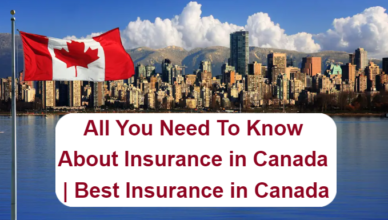
All You Need To Know About Insurance in Canada | Types of Insurance in Canada | Best Insurance in Canada
Types of insurance in canada: There are several types of personal insurance that all Canadians should have in case of emergency. This guide
[...]